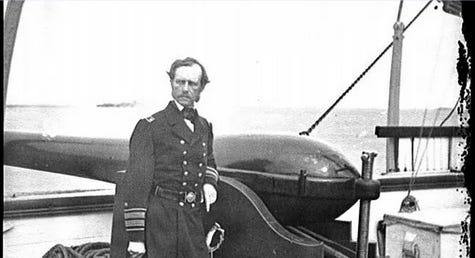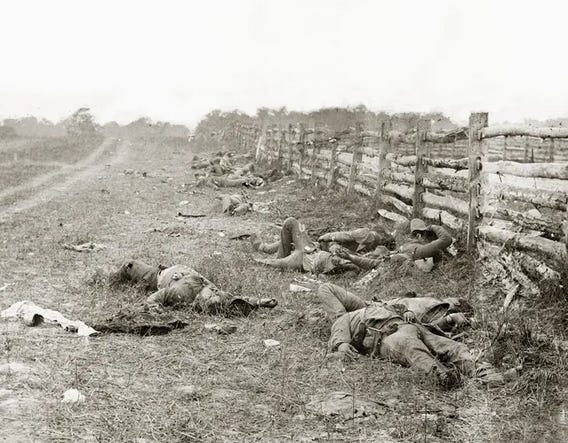An anxious time.
November 1862.
The shocking losses on both sides in the September battle in the farm fields of Antietam had previewed what was to come.
But, at the moment, the battle lines were little changed.
Lincoln was frustrated.


On November 5, he had relieved McClellan of his command of the Army of the Potomac after McClellan had refused to press a hard-won advantage against Lee’s retreating forces.
But McClellan’s replacement, General Ambrose Burnside, will fare little better in the days ahead.
And Lincoln’s frustration will grow.

New York diarist George Templeton Strong captures the mood in the North in a November 1862 diary entry:
“The war languishes.
“We are slowly invading Virginia, but there is nothing decisive or vigorous done there or elsewhere.
“I’ve a dim foreboding of a coming time when we shall think of the war not as ‘languishing’ and too slow to satisfy our appetite for excitement,
“but as a terrible, crushing, personal calamity to every one of us.”

But on Saturday, November 15, Lincoln took a break from his troubles and went to the Washington Navy Yard on the Anacostia River in southeast Washington.

The commander of the Navy Yard, Rear Admiral John Dahlgren, had designed a new rocket.
And he had invited his friend, the President, to watch a test launch.
Dahlgren had developed several new weapons designs.
He’d had them built at a Navy Yard foundry.
And he had even written some books on the topic.
And his friend Lincoln was a fellow tinkerer who enjoyed visiting Dahlgren’s workshop.
So, when the invitation came to see a new rocket fly into the air over the Anacostia River, Lincoln readily accepted.
And he brought two cabinet secretaries along.
When the men arrived at the Navy Yard, they were taken down to the banks of the river where the new rocket had been positioned in its launcher.
Then, a Navy officer lit the rocket’s fuse.
But the rocket failed to budge from its launcher and simply exploded in place, creating a billowing cloud of smoke and flying shrapnel.
Luckily, neither Lincoln nor anyone else got hurt, but it was a bit of a setback.

But Dahlgren would not be deterred.
Two days later, with a self-confidence which only an inventor can muster, he tried another test launch.
This time, the rocket lifted out of its launcher and commenced its flight.
But rather than soaring high over the river, the rocket veered off course and landed on the roof of the Navy Yard’s blacksmith shop.
Mercifully, the rocket failed to explode.
Sanity took the reins.
The dual failure would be the end of Dahlgren’s rocket experiments and rocketry would play virtually no role in the Civil War.
But happily, Dahlgren’s friendship with Lincoln, who himself was well versed in setbacks, continued.
******************************
I’ll see you tomorrow.
— Brenda





















Share this post